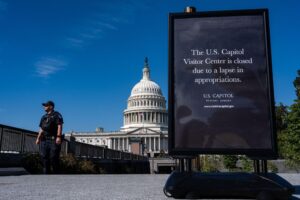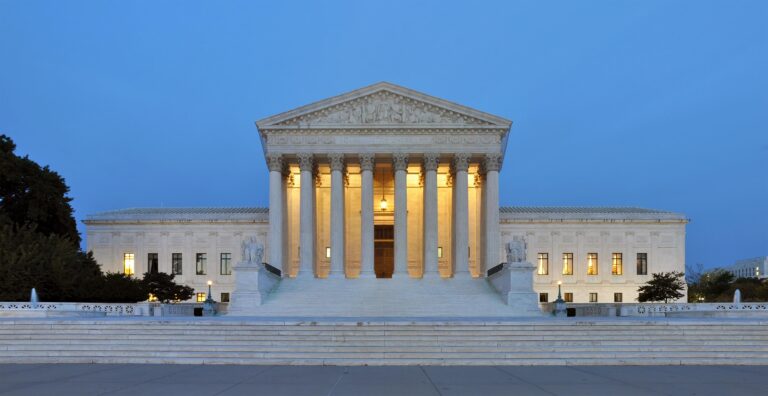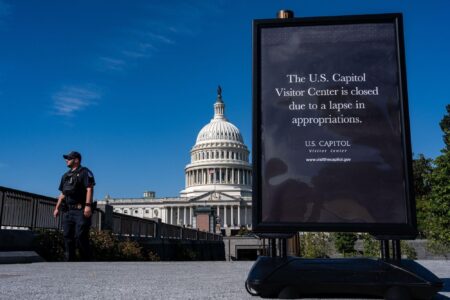Supreme Court to Deliberate on State Funding for Religious Virtual Schools: A New Chapter in Church-State Education Policy
Examining the Legality of Public Funds for Faith-Based Online Education
The U.S. Supreme Court is poised to review a landmark case that challenges the allocation of state taxpayer money to a Catholic virtual school under Missouri’s education funding program. This case raises profound constitutional questions about the Establishment Clause and the extent to which government resources can support religious education delivered through state-approved digital platforms. Proponents argue that denying funding based on religious affiliation constitutes discrimination, while critics warn that such funding risks violating constitutional principles and undermining the secular nature of public education.
Among the critical issues the Court will consider are:
- Defining ‚Äúpublic benefit‚ÄĚ within education funding initiatives
- Church-state separation challenges in the context of emerging educational technologies
- Legal precedents concerning vouchers and religious schooling
- Fairness and competition between secular and religious virtual schools for public funds
The ruling could reshape Missouri’s education policies and influence national standards for virtual schooling, religious liberties, and public funding. Experts anticipate a closely contested decision with lasting effects on educational finance.
Reevaluating Church-State Boundaries in the Era of Virtual Education
This Supreme Court case marks a critical juncture in the debate over government funding and religious education. Central to the discussion is whether state funds can be lawfully directed to a Catholic virtual school without breaching the constitutional mandate for separation of church and state. Advocates emphasize parental choice and educational equity, asserting that public funding should not exclude religious options. Conversely, opponents caution that such funding risks entangling government with religious instruction, potentially violating the Establishment Clause.
Key considerations include:
- Eligibility for public funding: Should religious virtual schools receive the same state support as secular counterparts?
- State oversight: What level of regulatory control can be exercised over religious schools funded by public money?
- Equity and access: How to ensure policies respect diverse parental preferences without favoring any particular faith or diminishing secular education?
| Consideration | Potential Consequence |
|---|---|
| Public funding eligibility | Could expand or restrict access based on religious affiliation |
| Constitutional adherence | May redefine permissible religious involvement in public education |
| Educational equity | Balancing parental choice with secular policy objectives |
Broader Consequences for Public Financing of Faith-Based Educational Programs
The Supreme Court’s verdict could establish a precedent affecting not only Catholic virtual schools but also other religiously affiliated online education providers nationwide. Supporters argue that public funding can enhance educational access and parental choice, while critics emphasize the risk of blurring constitutional lines separating church and state.
Key points in this debate include:
- Constitutional boundaries: Determining if public funds can be allocated without violating the Establishment Clause.
- Fairness in funding: Assessing the impact on secular versus faith-based educational institutions.
- Ripple effects: How this ruling might influence funding policies in other states and educational sectors.
| Possible Ruling | Implications |
|---|---|
| Funding Approved | Expanded taxpayer-supported access to faith-based virtual schools |
| Funding Denied | Preserves strict church-state separation; limits funding avenues |
| Conditional Funding Permitted | Establishes guidelines with oversight to balance interests |
Guidance for Policymakers: Navigating Legal and Ethical Complexities
Policymakers must approach the complexities of funding religious virtual schools with a strong commitment to constitutional principles, particularly the Establishment Clause. Transparency and accountability in fund allocation are essential to prevent public money from supporting direct religious indoctrination while ensuring equitable access to diverse educational options in digital formats. Collaborative frameworks between government and private educational entities should include rigorous oversight to uphold secular standards and maintain public confidence.
Ethical considerations demand a balanced approach that respects inclusivity and diverse educational needs. Engaging a broad spectrum of stakeholders‚ÄĒincluding secular education advocates, religious groups, and civil rights organizations‚ÄĒis vital. Policymakers should consider implementing ongoing evaluations focusing on:
- Non-discriminatory enrollment and funding policies
- Protection of students’ rights to freedom of conscience
- Clear demarcation between public funding and religious content
| Focus Area | Recommended Policy Action |
|---|---|
| Constitutional Compliance | Establish strict funding criteria aligned with the Establishment Clause |
| Transparency | Require detailed public reporting on fund usage and educational outcomes |
| Equity | Guarantee equal opportunity regardless of religious affiliation |
| Continuous Oversight | Implement regular independent audits to prevent misuse of funds |
Looking Ahead: The Future of Virtual School Funding and Church-State Relations
As the Supreme Court prepares to issue its ruling on the constitutionality of state funding for a Catholic virtual school, the outcome is expected to have profound effects on the nexus of education, religious liberty, and public finance. Legal experts, educators, and faith communities nationwide are closely monitoring the case, which could redefine the parameters of government support for religiously affiliated educational institutions in an increasingly digital world. This decision will likely influence not only the future of virtual schooling options but also the broader discourse on church-state separation within American public policy.







